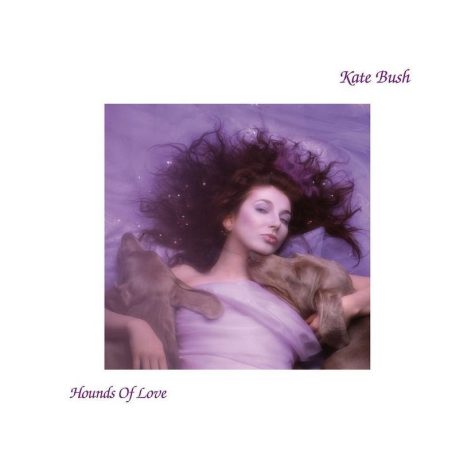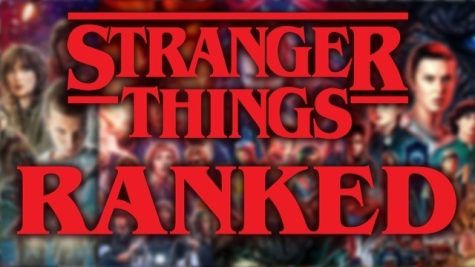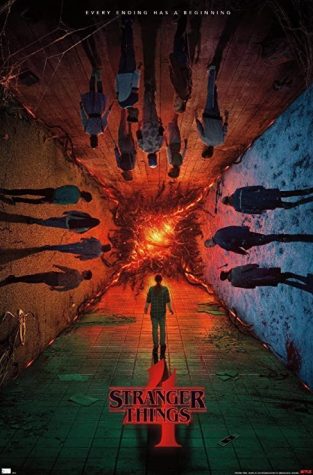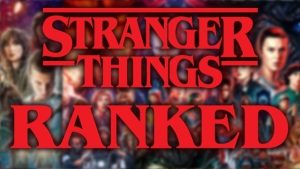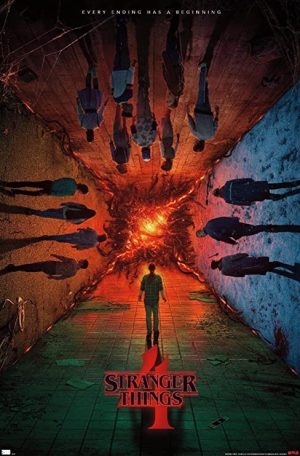UT-Austin alum dives into cinematography of The Upside Down
June 29, 2022
The Daily Texan sat down with UT alum Ricardo Diaz to discuss his work on “Stranger Things” volume one as the tandem director of photography, shooting simultaneously with the main unit to help with any additional shots needed. Some of his other works include “First Girl I Loved,” “Brian Banks” and “The Violent Heart.” Diaz was also the lead cinematographer on Netflix’s “Texas Chainsaw Massacre,” released this year.
The Daily Texan: What movies and/or shows inspire your skills in your line of work?
Ricardo Diaz: I was a child of the 1980s. I had Richard Donner’s “Superman,” and I was heavily influenced by that film growing up. I was really taken aback by how you can craft these magical, unreal moments. I believed a man could fly in that film. That was really (the) genesis of what modern filmmaking has become. I was heavily influenced by 1980s blockbusters without a doubt and, of course, ‘90s blockbusters — Spielberg’s “Jurassic Park.” I was 10 when that movie came out, and my jaw hit the floor. I got my love of horror, especially ‘80s horror, from my older sister. (She) was the one who introduced me to “Candyman,” the “Child’s Play” movies and even the fun stuff like “Killer Klowns from Outer Space.” (Those) really terrified me but also gave me a good laugh and entertained me, so I have a lot of early influences.
DT: What scene did you enjoy working on the most?
RD: They’re all your babies. They all present different challenges both technically and creatively, so I can’t say I love one more than the other. One that really challenged me and pushed what I had done in terms of mixing practical and visual effects is a scene in episode nine that I can’t talk about. Suffice it to say (it’s a scene) that really ups the stakes, and I really feel the audience is going to be terrified.
DT: When watching the final product of any project, are you ever completely satisfied with a shot, or do you always think of more ways it could have been done?
RD: I’m always seeing what I could have done better. You never really finish — you eventually just walk away. At some point, you do have to be done. There’s a commerce element to what we do, and that necessitates there being a schedule. You prepare as much as you can, and you make choices based on a creative foundation. You make decisions and have intent, then you execute that intent. As an artist, you can’t help but be, “If I only had another hour.” You’re going to look back at something you did and wish you had done something different. It’s completely normal. An audience doesn’t know your idea or what you would’ve done differently. All they can tell is whether they can feel the emotion and (are) enjoying this entertainment. If you’ve accomplished those things, you’ve succeeded.
DT: What advice do you have for students wanting to pursue what you do?
RD: If you want to walk out of school and have the best chances of employment, you have to do your best to seek out a network of individuals outside of the school. You need that network because those are the people that you’ll eventually make stuff with. Also, (work) on your craft, whatever that may be. I encourage you to be seeking out opportunities. … Reach out and be proactive. You don’t get what you don’t ask (for). It’s important that you be your own advocate because it’s a tough industry to crack into, but once you’ve cracked it, you’re in.
DT: Can you describe “Stranger Things 4” volume two in one word?
RD: Epic!

